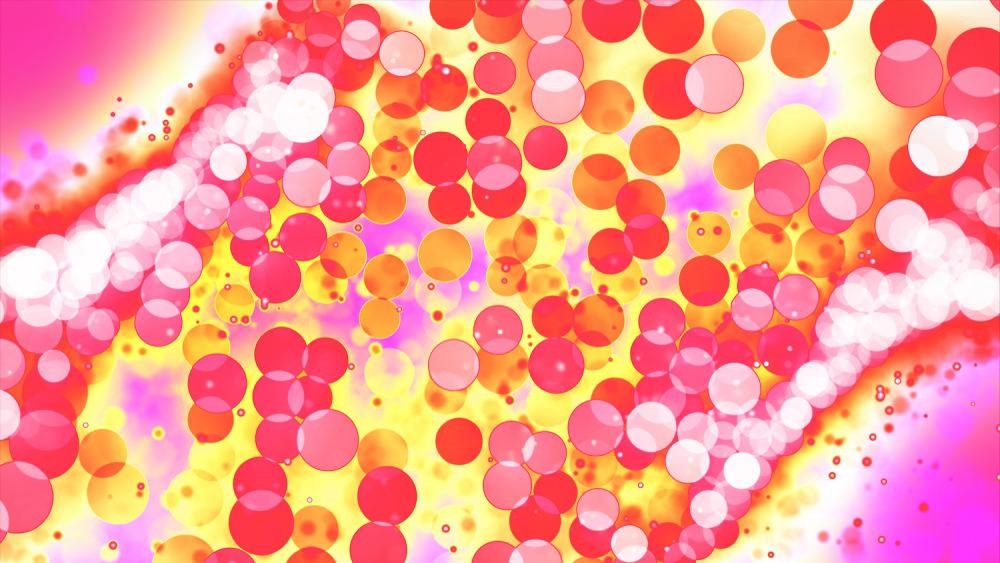In a research paper published in the journal ACS Nano, a group of researchers developed a comprehensive and successful way to recreate the oxidized colloidal quantum dots (CQD) interface utilizing guanidinium and pseudo-halide.

Study: Guanidinium-Pseudohalide Perovskite Interfaces Enable Surface Reconstruction of Colloidal Quantum Dots for Efficient and Stable Photovoltaics. Image Credit: HaHanna/Shutterstock.com
Thiocyanate anions, unlike ordinary halides, offer greater surface passivation by effectively replacing surface oxygen species and occupying extra defects, whilst guanidinium cations encourage the formation of crystalline perovskite connections inside the CQD lattice and enhance electrical connectivity.
Colloidal Quantum Dots (CQDs) as Potential Candidate for Photovoltaics
Because of its flexible and tunable energy band-gap and functional quality, colloidal quantum dots (CQDs) possess much potential as a material for optoelectronic applications. Traditional CQD-based photovoltaics have reached a power density of 14% due to the advancement of ligand-exchanged CQD coatings and other device development methodologies.
Limitations of CQDs
Two main issues need to be addressed to exhibit high-performance CQDPVs: flawless interface protection of CQDs and their total incorporation through robust electrical coupling across the CQD lattice.
The effective development of ligand exchange in the former has permitted highly doped CQDs in the latter. However, it has been shown that reactive species in the environment, such as oxygen and moisture, cause degradation of the CQD coating, resulting in malfunction.
Chemical methods have increased electronic interaction over CQDs by linking them in the latter instance; still, this strategy, like integrating CQDs, weakens surface passivation.
Benefits of Pseudo-Halides
Pseudo-halides, monovalent negatively charged ions with ionic radius comparable to those of halogens, are thought to be better for surface interaction than conventional halides.
Because of the lattice parameter attributed to their molecule geometries in certain situations, they aid enhanced surface protection of compound semiconductors, which traditional halides lack. Because of its mono-dentate structure, the thiocyanate anion (SCN) has been demonstrated to generate improved electronic coupling throughout the whole CQD matrix.
Combination of Organic Cations with Halides
Numerous researchers have shown that combining various organic/inorganic cations with halides may help form a semiconducting epitaxial junction, which can help develop the surface morphology of CQD solids.
A robust heterojunction may be formed due to the minimal variations in lattice distances of both materials. This facilitates high ionization bonding, which improves electron transfer properties.
However, the perovskite coating of CQDs does not provide full protection of surface imperfections, leaving un-passivated areas on the CQDs. These characteristics suggest that the desirable qualities of CQD materials for optical applications may be used concurrently by employing suitable pseudo-halides and organic cations.
The researchers in this study used a chemical treatment with guanidinium thiocyanate to produce a surface restoration approach to develop exponential surface links on CQD for enhanced electronic inclusion and better surface protection.
Considering its chemical resemblance to the other cations for crystalline structure and virtually zero dipole moment, which is potentially favorable to charge transport, the usage of guanidinium cation (Gu+) has not been thoroughly investigated.
In the surface reconstruction of CQD, the researchers discovered that each cation and anion complementary plays a crucial function.
Research Findings and Conclusion
Through GuSCN processing, the researchers discovered a feasible and elegant technique for achieving extensive surface protection and intense electric coupling across the CQD matrix.
They discovered that SCN, as a pseudo-halide, plays a critical part in the restoration of the oxidized CQD surface caused by atmospheric humidity, which explains its high affinity for the QDs surface. Furthermore, the researchers discovered that Gu+ contributes to the surface modification of CQDs by creating a GuPbX3 perovskite structure, owing to its high ionic radius.
This creates epitaxial inter-CQD connections and improves electrical coupling across the CQD matrix, enhancing the film's carrier transport capabilities.
The adverse energy topography of oxidized CQDs significantly improves interfacial trap states, promotes interfacial coupling, and thus results in decreased efficiency and robustness, according to the explication of trap-state enumeration as well as transport dynamics in electronics.
The researchers found that advantageous band orientations at the CQD/HTL interfaces, increased electrical coupling, and extensive surface protection contributed to the PV's overall efficiency and stability.
Continue reading: The Role of Colloidal Nanomaterials in Optoelectronics.
Reference
J. Yang., et al. (2022). Guanidinium-Pseudohalide Perovskite Interfaces Enable Surface Reconstruction of Colloidal Quantum Dots for Efficient and Stable Photovoltaics. ACS Nano. Available at: https://pubs.acs.org/doi/10.1021/acsnano.1c10636
Disclaimer: The views expressed here are those of the author expressed in their private capacity and do not necessarily represent the views of AZoM.com Limited T/A AZoNetwork the owner and operator of this website. This disclaimer forms part of the Terms and conditions of use of this website.